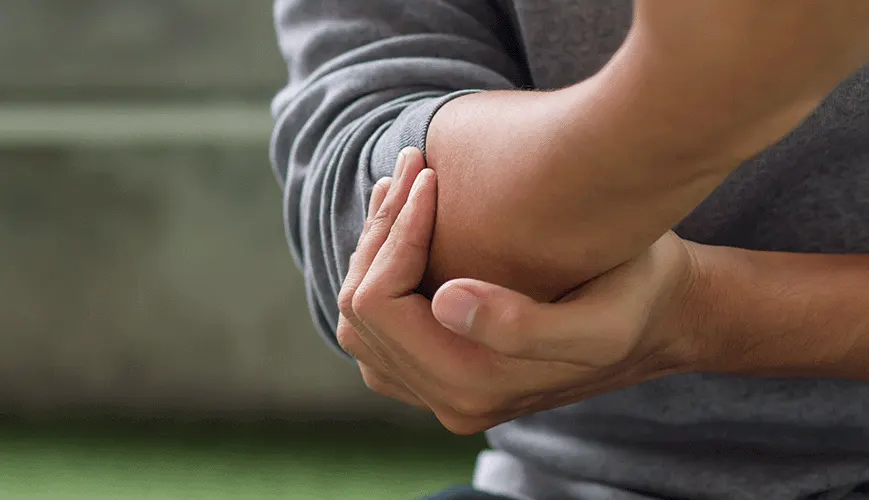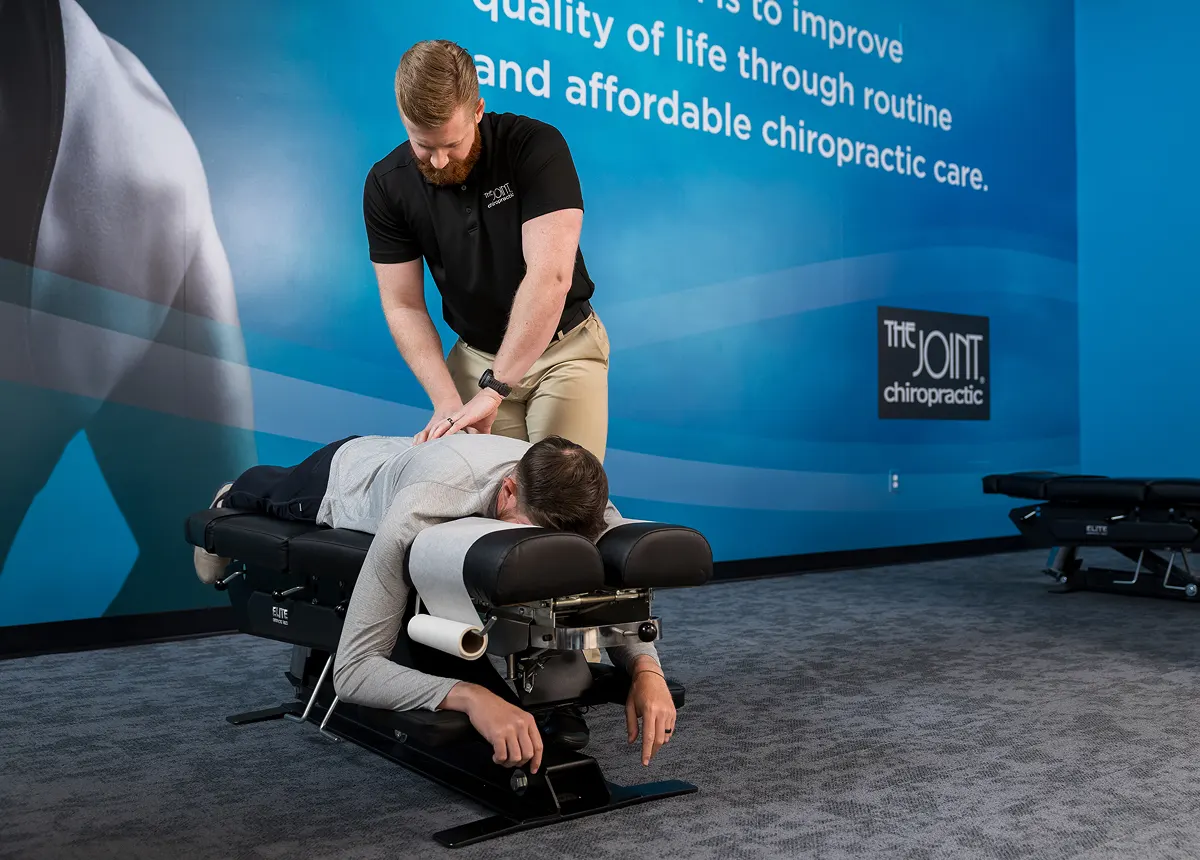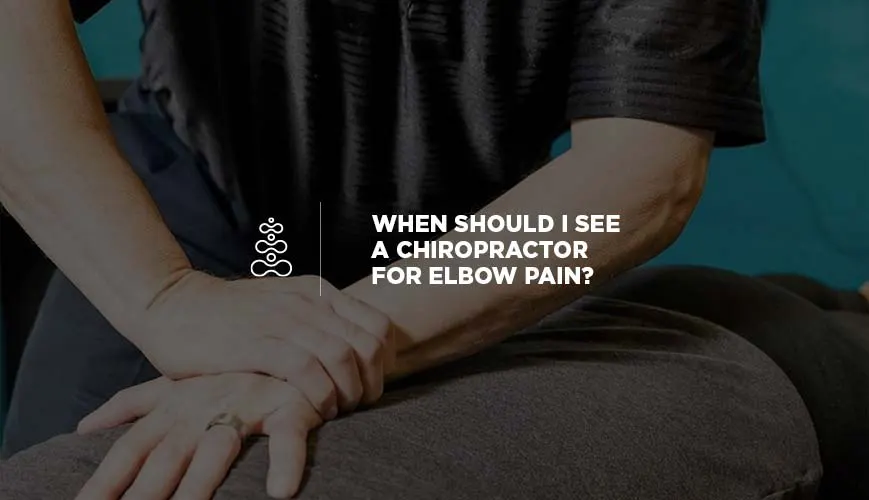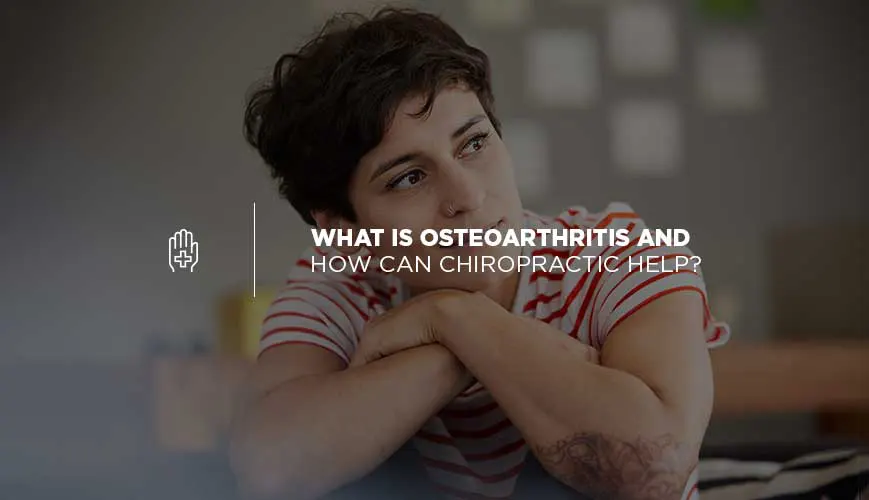
Elbow Pain:
Causes, Symptoms,
And Lasting Relief
Your elbow moves in simple, but impactful ways. It lets you bend,
straighten, and rotate your forearm so you can hit your serve on the
tennis court, use hand tools with precision, and so much more.
Don’t let elbow pain hold you back. Learn about common causes,
symptoms, and how to find relief.

















